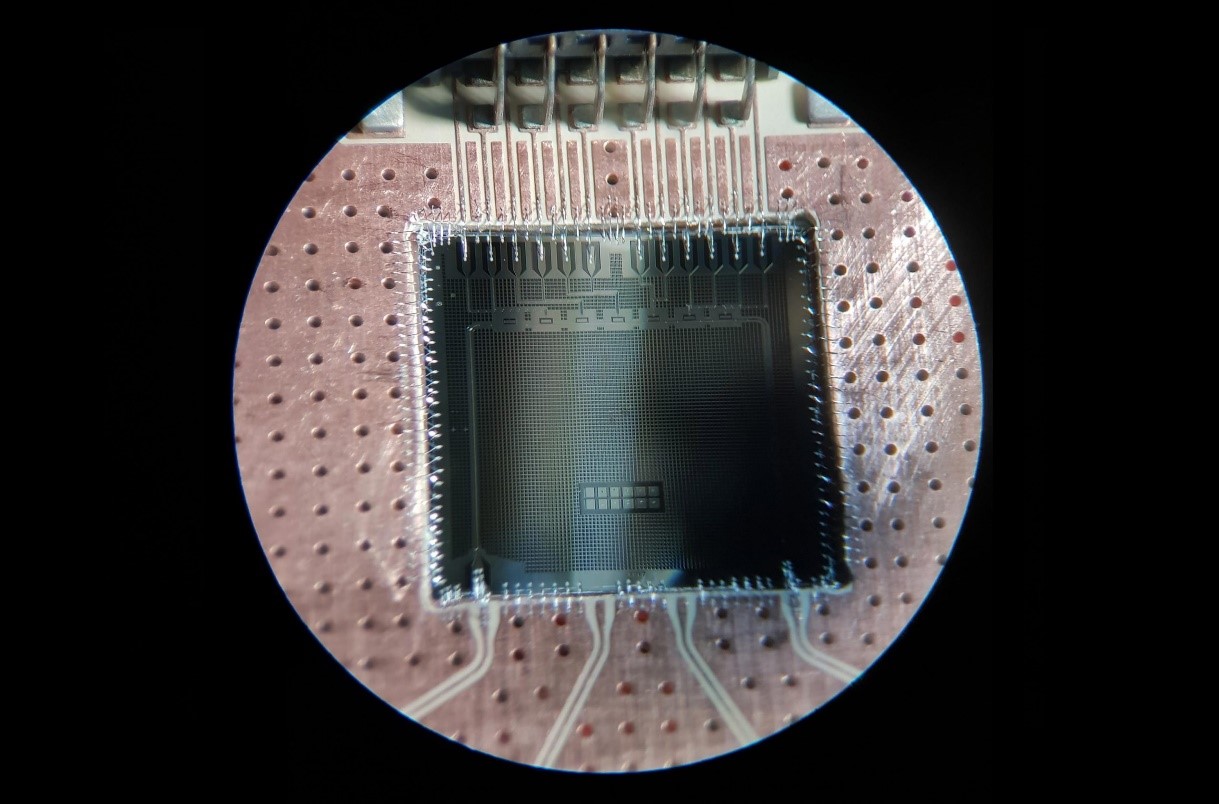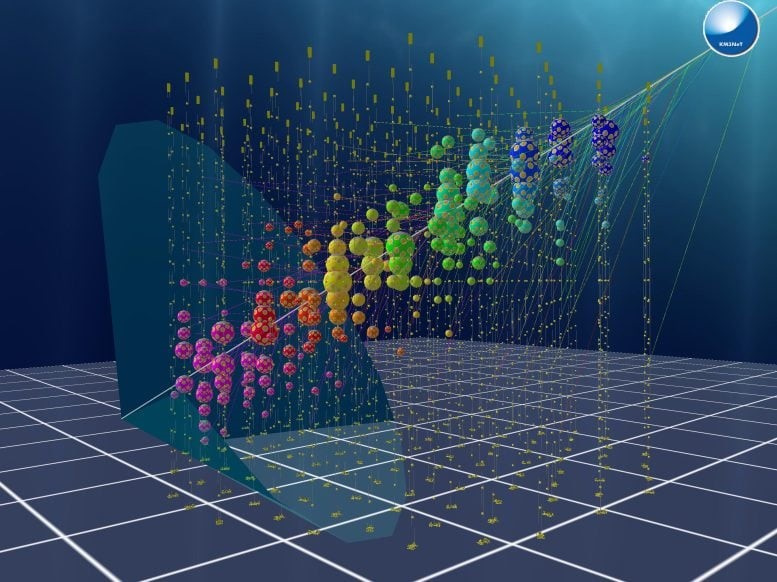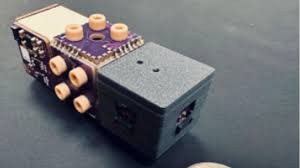Quantum Breakthrough: Artificial Atoms Revolutionize Light Storage and Control
Researchers at TU Wien and ISTA have achieved a groundbreaking advancement, making quantum objects visible to the naked eye using superconducting circuits and artificial atoms, which are much larger than natural atoms. These structures can be engineered with customizable properties, allowing scientists to control energy levels and interactions in ways previously impossible. By coupling these artificial atoms, they’ve developed a method to store and retrieve light, paving the way for revolutionary quantum technologies. These engineered systems also enable precise quantum pulses and function as quantum memory, offering an unmatched level of control over light at the quantum scale.

Figure 1. Superconducting Circuits: Advancing Tunable Quantum Systems
Massive Quantum Objects Now Visible to the Naked Eye
Many quantum objects, like individual molecules or atoms, are so small they can only be observed with specialized microscopes. However, the quantum structures studied by Elena Redchenko at the Institute for Atomic and Subatomic Physics at TU Wien are large enough to be seen with the naked eye, though it takes some effort. Measuring hundreds of micrometers across, these objects are tiny by everyday standards but massive in the quantum realm. Figure 1 shows Superconducting Circuits: Advancing Tunable Quantum Systems.
These large quantum objects are superconducting circuits, which allow electric current to flow without resistance when cooled to low temperatures [1]. Unlike natural atoms with fixed properties, these artificial structures can be precisely customized, allowing scientists to manipulate and study quantum phenomena in a controlled environment. Known as "artificial atoms," their physical properties are engineered to fit specific experiments.
By coupling these artificial atoms, researchers developed a system capable of storing and retrieving light—an essential step for future quantum experiments. This breakthrough, led by Johannes Fink’s research group at ISTA and supported by theoretical work from Stefan Rotter at TU Wien's Institute for Theoretical Physics, was recently published in Physical Review Letters.
Engineered 'Atoms': Customizing Quantum Properties
A key feature of quantum physics is that certain objects can only occupy specific energy states. As Elena Redchenko, lead author of the study, explains, "An electron around an atomic nucleus can only be in a lower or higher energy state, never an in-between state." However, with artificial atoms, researchers can control which energy levels are allowed and set the precise spacing between these permitted values.
In the experiment, microwaves are sent through a special metal wire (a resonator) running past the superconducting artificial atoms. These microwaves interact with the artificial atoms, with some radiation transferring between the wire and the atoms. The strength of this interaction can be finely adjusted.
Redchenko notes, “We can demonstrate that photons are exchanged between the microwaves and artificial atoms in a highly predictable way [2]." This level of control is only possible due to the engineering flexibility of the artificial atoms, allowing for the achievement of tasks that would be unimaginable with natural atoms or quantum objects.
Mastering Quantum Light Pulses and Time Control
By fine-tuning the artificial atoms, researchers can create precise rhythms of light pulses. A short microwave pulse is sent into the wire, and its interaction with the artificial atoms generates a series of controllable quantum light pulses, effectively acting as a quantum timer. This versatile system can be used to generate individual, separated photons for experiments or temporarily store photons, opening up new possibilities for quantum applications.
References:
- https://scitechdaily.com/quantum-breakthrough-artificial-atoms-store-and-control-light-like-never-before/
- https://lifeboat.com/blog/2025/02/quantum-breakthrough-artificial-atoms-store-and-control-light-like-never-before
Cite this article:
Janani R (2025), Quantum Breakthrough: Artificial Atoms Revolutionize Light Storage and Control, AnaTechMaz, pp.231















